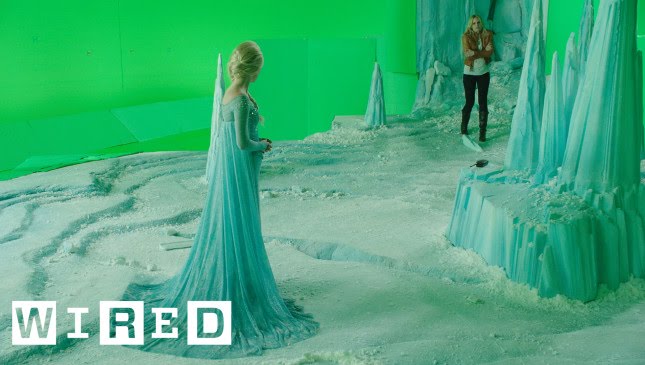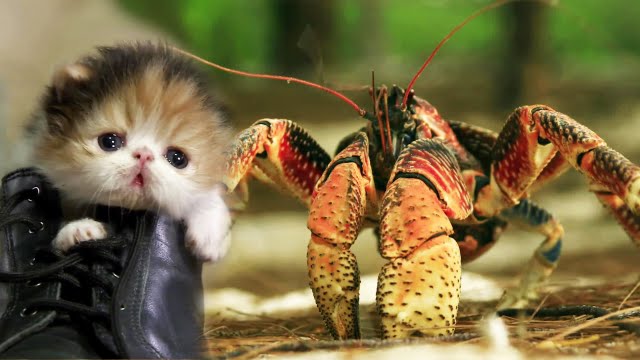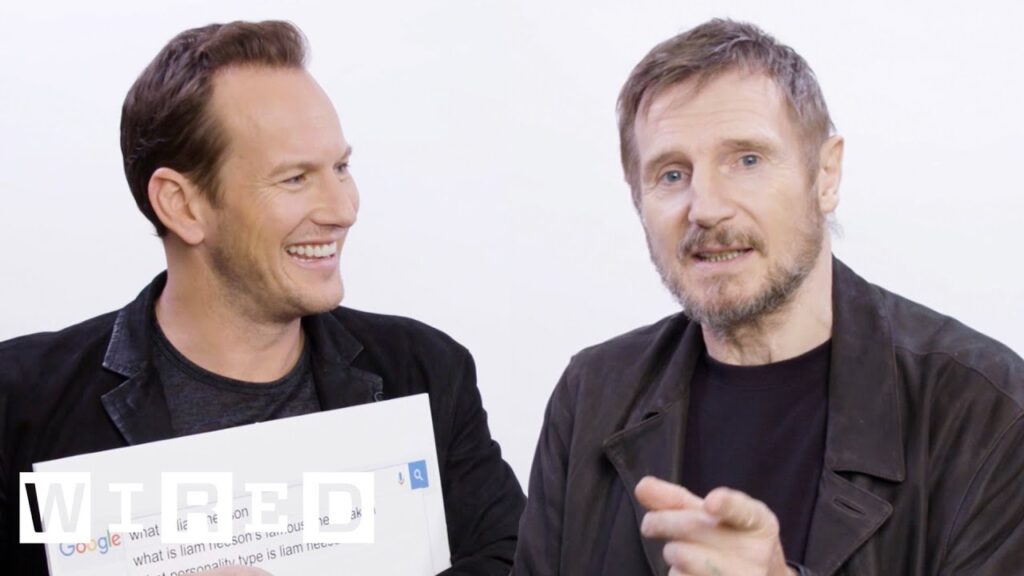The Human Skeleton: A Comprehensive Guide to Every Bone in the Body
Summary
In this article, we explore the human skeleton in detail. Dr. Chris Rayno, an orthopedic surgeon, provides an in-depth analysis of every bone in the body, with a specific focus on potential injuries sustained by fictional character John Wick. The article explains how bones fuse together as we grow and mature, and describes each bone’s structure and function. Dr. Rayno also covers common injuries and treatments for fractures.
Table of Contents
- Introduction
- The Skeleton: Structure and Function
- Bones of the Head and Face
- Bones of the Spine and Chest
- Bones of the Arms and Hands
- Bones of the Pelvis and Legs
- Conclusion
Introduction
The human skeleton is the foundation of the body, providing structure, support, and protection. It consists of 206 bones that work together to allow us to move and perform daily activities. In this article, we delve into every bone in the body and explore their unique characteristics, functions, and potential injuries.
Q&A
The Skeleton: Structure and Function
Q: How do bones form, and how do they change as we grow and age?
A: Bones start as tiny cartilage models in the fetus, which then ossify or harden into bone tissue. As we grow and develop, these tiny bones fuse together. In adults, some bones, such as the skull bones, have fully fused together, while others, such as the vertebrae, remain separate to allow for flexibility.
Q: How are bones structured?
A: Bones have a hard outer layer called the cortex or compact bone and a softer inner layer called the trabecular or spongy bone. The hard outer shell provides strength and protection, while the spongy interior produces blood cells through the bone marrow.
Q: What happens when a bone is fractured?
A: Fractured bones cause a break in the continuity of the bone. Treatment depends on the type, location, and extent of the fracture. Some may require rest, immobilization, or surgery.
Q: Can bullets break bones?
A: Yes, bullets have the potential to break bones, and no bone can fully protect against them.
Bones of the Head and Face
Q: What is the occipital bone, and why is it essential?
A: The occipital bone is located at the back of the skull and helps support the weight of the head. It is essential because hitting it can cause forward flexion of the cervical spine.
Q: What is the middle meningeal artery, and how can it be affected by a head injury?
A: The middle meningeal artery is an artery in the head that supplies blood to the meninges, a protective layer that covers the brain. An injury to the parietal bone can cause bleeding, which can result in increased pressure on the brain and potential brain damage.
Q: What are some of the unique features of the facial bones?
A: The facial bones include the delicate lacrimal bone, which can break easily, and the mandible, which is the strongest bone in the skull. These bones work together to provide protection and support for the facial structure.
Bones of the Spine and Chest
Q: What are some of the different bones in the spinal column?
A: The spinal column consists of 33 vertebrae- 7 cervical, 12 thoracic, 5 lumbar, 5 sacral, and 4 coccygeal. The spinal column provides the main support for the body and plays a vital role in protecting the spinal cord.
Q: What is the sternum, and how does it contribute to chest stability?
A: The sternum is the breastbone located in the center of the chest. It connects to the ribs and plays an integral role in creating stability in the chest cavity.
Q: What is an open reduction procedure, and when is it necessary for fractures?
A: An open reduction procedure is when a surgeon makes an incision to access the affected bone and realigns it. It is necessary when the fracture is severe, unstable, or not responding to nonsurgical treatments.
Bones of the Arms and Hands
Q: What bones make up the arm, and how do they work together?
A: The arm consists of three main bones: the humerus in the upper arm, and the radius and ulna in the lower arm. They work together to allow movement and stability in the arm.
Q: What makes the thumb so unique, and why is it essential?
A: The thumb is unique because it can rotate and move independently from the other fingers. This ability makes it critical for grasping and providing function to the hand.
Bones of the Pelvis and Legs
Q: What is the pelvis, and why is it significant?
A: The pelvis is the bony structure located at the base of the spine. It is the strongest part of the body and can bear a lot of weight, making it essential for mobility and balance.
Q: What types of injuries can occur to the femur, and how are they treated?
A: The femur is the largest and strongest bone in the body. A fractured femur can result in significant blood loss and require emergency treatment. Treatment usually involves realigning the bone and fixing it with plates, screws, or rods.
Q: What types of injuries can occur in the feet, and how are they treated?
A: The bones in the feet are weight-bearing and can experience a range of injuries, including fractures, breaks, and strains. Small digit injuries are usually splinted to the adjacent phalanx to facilitate healing.
Conclusion
In conclusion, the human skeleton is an intricate system that works together to provide stability, support, and protection. Understanding the structure and function of each bone can help individuals take better care of their bodies and prevent potential injuries. We hope this comprehensive guide has been informative and helpful.







